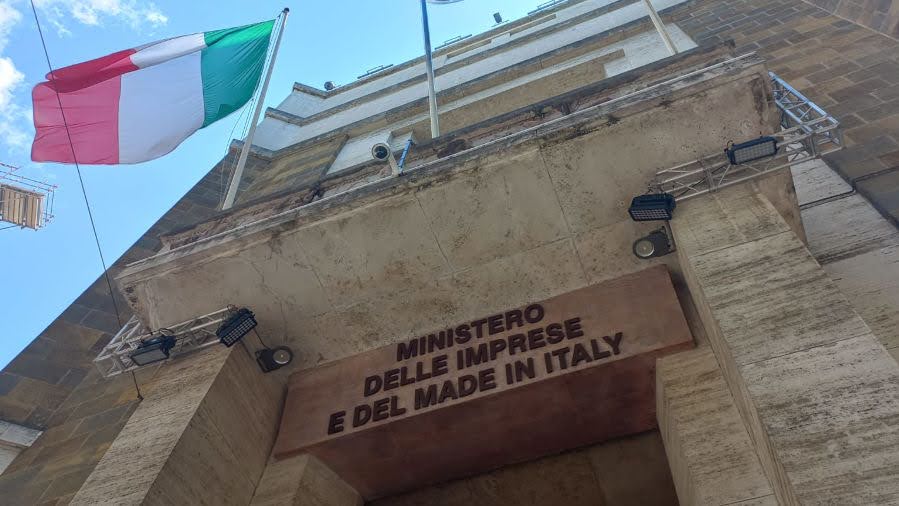QFP 2028-2034: il riparto dei fondi europei per i Piani di partenariato
 Insieme alle proposte legislative per il bilancio europeo 2028-2034, la Commissione Europea ha pubblicato un prospetto dell'allocazione dei fondi destinati agli Stati membri per i National and Regional Partnership Plans (NRPP). All'Italia andrebbero 86,6 miliardi.
Insieme alle proposte legislative per il bilancio europeo 2028-2034, la Commissione Europea ha pubblicato un prospetto dell'allocazione dei fondi destinati agli Stati membri per i National and Regional Partnership Plans (NRPP). All'Italia andrebbero 86,6 miliardi.
Bilancio europeo 2028-2034: il QFP post 2027 vale 2 mila miliardi










